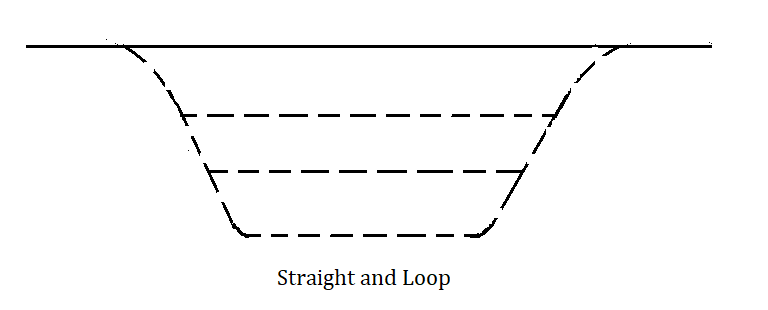Loop Line in Railway?
When a branch line leaves from a mainline and again this branch line terminates at the same mainline later, it is called a loop line. The main purpose of providing a loop line is to provide a bypass route. It helps to pass the fast-moving trains on time. The arrangement of the loop line can be either of the following types:
- Split turnout
- Trailing turnout
- Straight and loop

➤ A split turnout is not suitable for fast-moving trains as they have to reduce their speed while nearing the facing points. Therefore, the use of split turnout is unacceptable when considering fast-moving trains.

➤ A trailing turnout is less objectionable as compared to a split turnout because there is a slight reduction in the speed of fast trains while leaving over a reverse curve.

➤ When considering fast through trains, straight and loop arrangement is always acceptable because there is no reduction in speed. Additional loops and other facilities are provided whenever needed.
Read More: